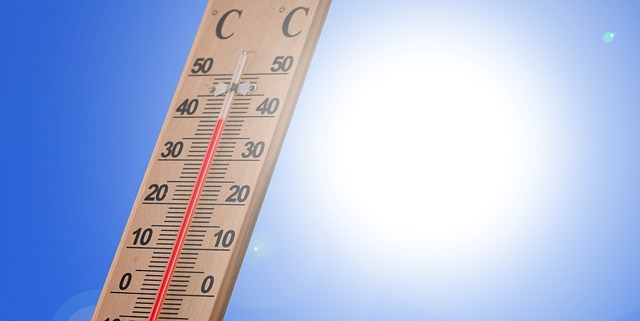The Link Between Extreme Weather Events and Climate Change
As the world grapples with increasingly fierce storms, debilitating droughts, and unprecedented heatwaves, the connection between extreme weather events and climate change has never been clearer. In recent years, natural disasters have become more frequent and intense, leaving communities to pick up the pieces while grappling with a pressing question: What are the causes of climate change that have led us to this critical juncture?
Understanding the Causes of Climate Change
At its core, climate change is fueled by two main factors: human activity and natural processes. Burning fossil fuels, deforestation, and industrial practices have significantly increased the concentration of greenhouse gases in the atmosphere, trapping heat and altering weather patterns. But how does this translate to extreme weather?
Every time we turn on the news, it seems like another community is facing the wrath of nature. From catastrophic hurricanes in the Atlantic to raging wildfires in the West, people are witnessing the devastating ramification of what once could be considered “once-in-a-lifetime” events becoming the new normal. The science behind this startling transformation points directly to the causes of climate change.
Hurricanes and Rising Sea Levels
Hurricanes have always been a part of our planet’s climate system, but as temperatures rise due to climate change, so do the sea levels. Higher sea levels result in more devastating storm surges, which can inundate coastal towns and put lives at risk. The connection is alarming: warmer waters boost hurricane intensity and longevity, making the chances of extreme damage far greater.
Floods and Heavy Rainfall
The changing climate has also led to an increase in rainfall intensity. Scientists warn that for every degree of warming, the atmosphere can hold about 7% more moisture. This means that storm systems are evolving, leading to torrential downpours that can overwhelm drainage systems, cause flash floods, and disrupt people’s lives at an alarming rate. Communities are left reeling, as disaster preparedness becomes a reality rather than just a concept.
Heatwaves and Droughts
On the other side of the spectrum, prolonged heatwaves and droughts are now a familiar plight in many regions. These extreme temperature events are attributed to the shifting climate, canceling out the natural balance that our ecosystems rely on. Crop yields suffer, water supplies dwindle, and the viability of certain regions becomes increasingly questionable, impacting those who rely on the land for their livelihoods.
Wildfires: The Unsung Heroes Turned Villains
While wildfires can occur due to natural causes, their frequency and destructiveness have escalated significantly in recent years due to climate change. Prolonged drought, higher temperatures, and expanded vegetation from warmer growing seasons create the perfect conditions for wildfires to thrive. Communities are left with ashes and memories, as the land they once knew is often changed forever.
A Call to Understand and Act
As we witness the destructive capabilities of extreme weather events, it is vital that we collectively understand the causes of climate change. This awareness is not just an academic exercise—it is a personal and communal call to action. Each story of a family displaced by a flood or a town destroyed by fire adds to the urgency for change. By educating ourselves and advocating for solutions, we can begin to mitigate the very factors that contribute to our increasingly volatile climate.
It’s time we acknowledge that we are at a crossroads; our choices today will shape the resilience of our communities for generations to come. The fight against climate change begins with understanding its roots and impacts—starting with how it affects the weather we experience every day.




